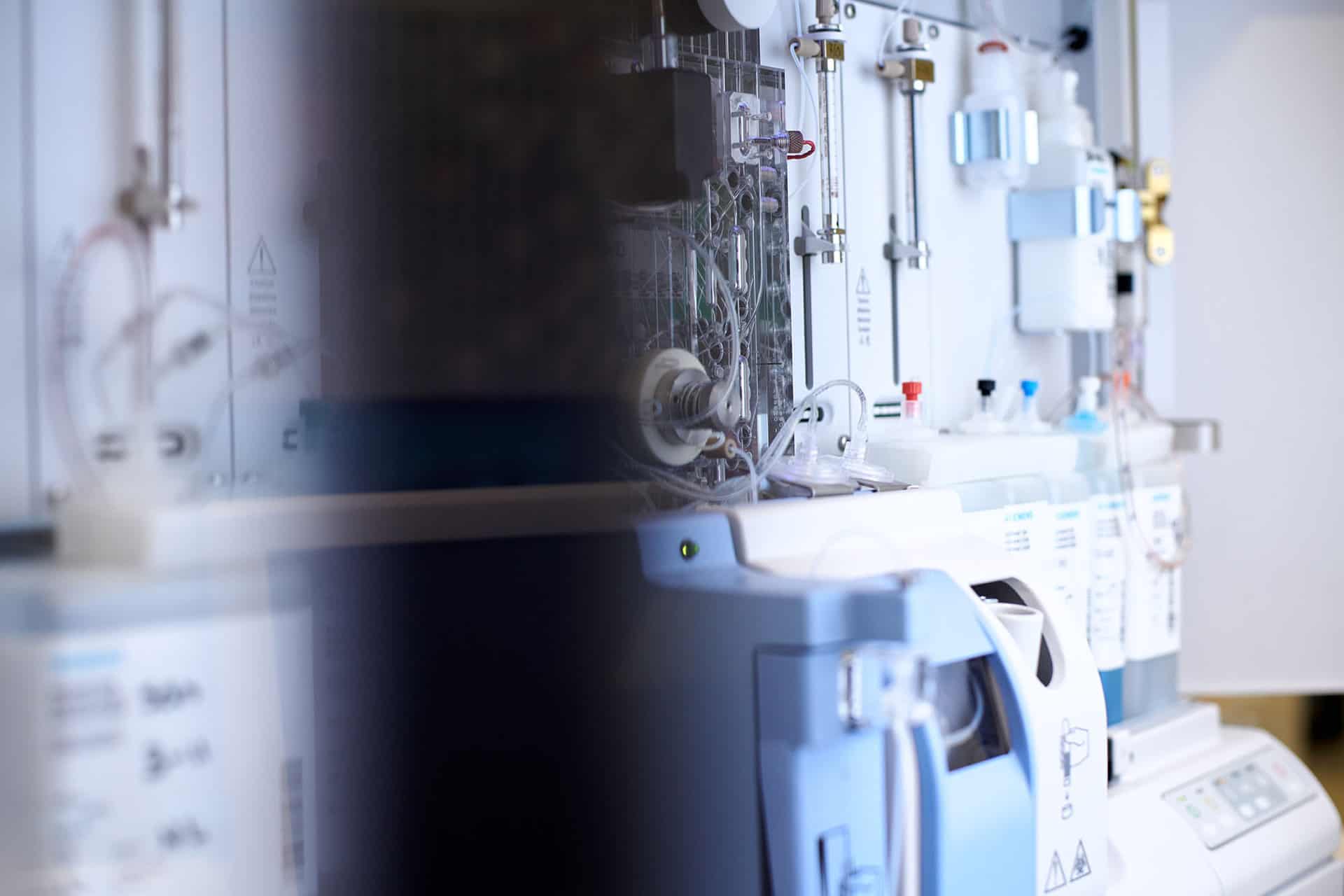The form and extent of the injuries you can sustain from an automobile accident are contingent on a variety of factors such as the direction of the drivers, the speed at which they were driving, the design and weight of the vehicles, and so on. Certain auto accident injuries are more likely to occur with certain kinds of accidents.
 Common auto accidents include:
Common auto accidents include:
- Rear End Collisions – When the front of a vehicle impacts the back of another vehicle, the most common injury to occur is whiplash. Even with a seatbelt and airbag, or in cases of a “minor” impact, whiplash is likely to occur. Head injuries and soft tissue injuries are also likely results of these kinds of impacts.
- Head On Collisions – These crashes are some of the most dangerous, often resulting in fatal consequences. If survived, brain hemorrhage and trauma are likely, as well as various back injuries, spinal cord injuries, soft tissue injuries, bone fractures, loss of limbs, lacerations, and whiplash.
- Side Impacts – Injuries resulting from side impacts are more severe if you are in the seat located at the point of the impact. Some common injuries resulting from side impacts include soft tissue injuries, neck and back injuries, chest injuries, brain hemorrhage and head injuries, abdominal and pelvic injuries, and limb injuries.
How Minor Auto Accident Injuries Can Affect Your Life
If you’ve been involved in a minor auto accident, one in which you did not see any reason to see a doctor, you might be surprised to find certain symptoms manifesting weeks or even months after the fact.
Over time, a simple ache or pain in the back or neck can increase in intensity. This can often lead to shooting or radiating pain down the arms, back, or legs. Sometimes the pain can even shoot from the affected area and into the head and stomach. Your range of motion can progressively decrease, making it almost impossible to perform everyday tasks. These tend to be the result of back, neck, and soft tissue injuries.
Other problems that can occur are the result of brain hemorrhage. While you may think you haven’t sustained any significant injuries following an auto accident, the symptoms of a brain hemorrhage can be latent. Over time, you may notice a loss of hand-eye coordination or fine motor skills. You might develop a strange taste in your mouth that’s bitter or metallic. In more severe cases, you could lose the ability to speak or understand the speech of others. Severe headache, nausea and vomiting, and even seizures can occur. These are the results of internal bleeding within the brain and its surrounding tissues.
Treatment
If you are noticing symptoms of an auto accident, seek medical attention immediately. There are a number of treatments your doctor can provide, including chiropractic care for neck and back injuries and soft tissue damage.
Your doctor may diagnose a brain hemorrhage through a neurological or eye exam. In some cases, an MRI or a CT scan may be required to determine the location and severity of a brain hemorrhage.
Treatment typically involves medication to reduce swelling and pain. In more severe cases, surgery may be required.





